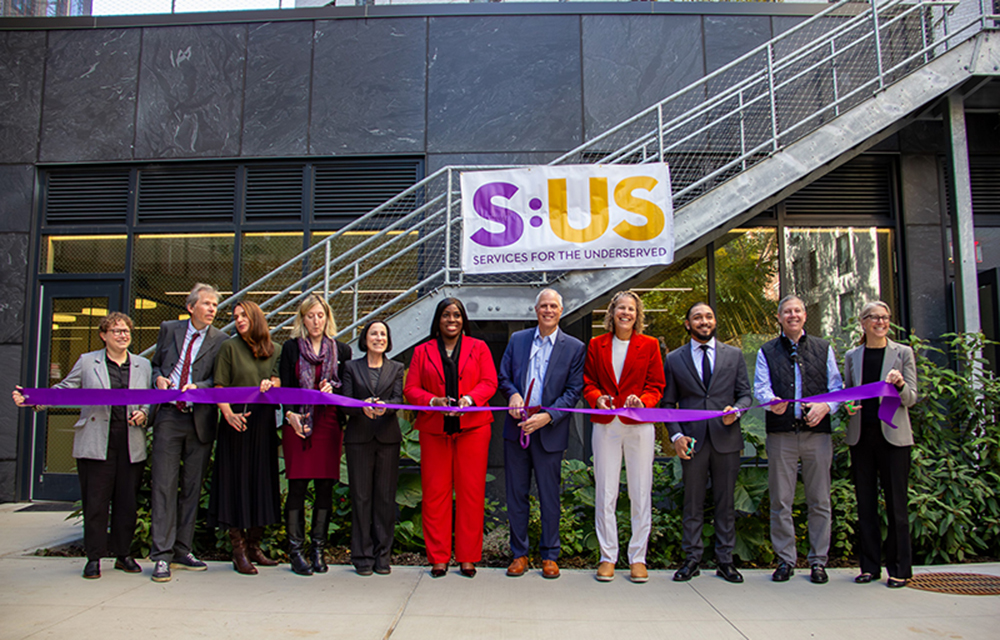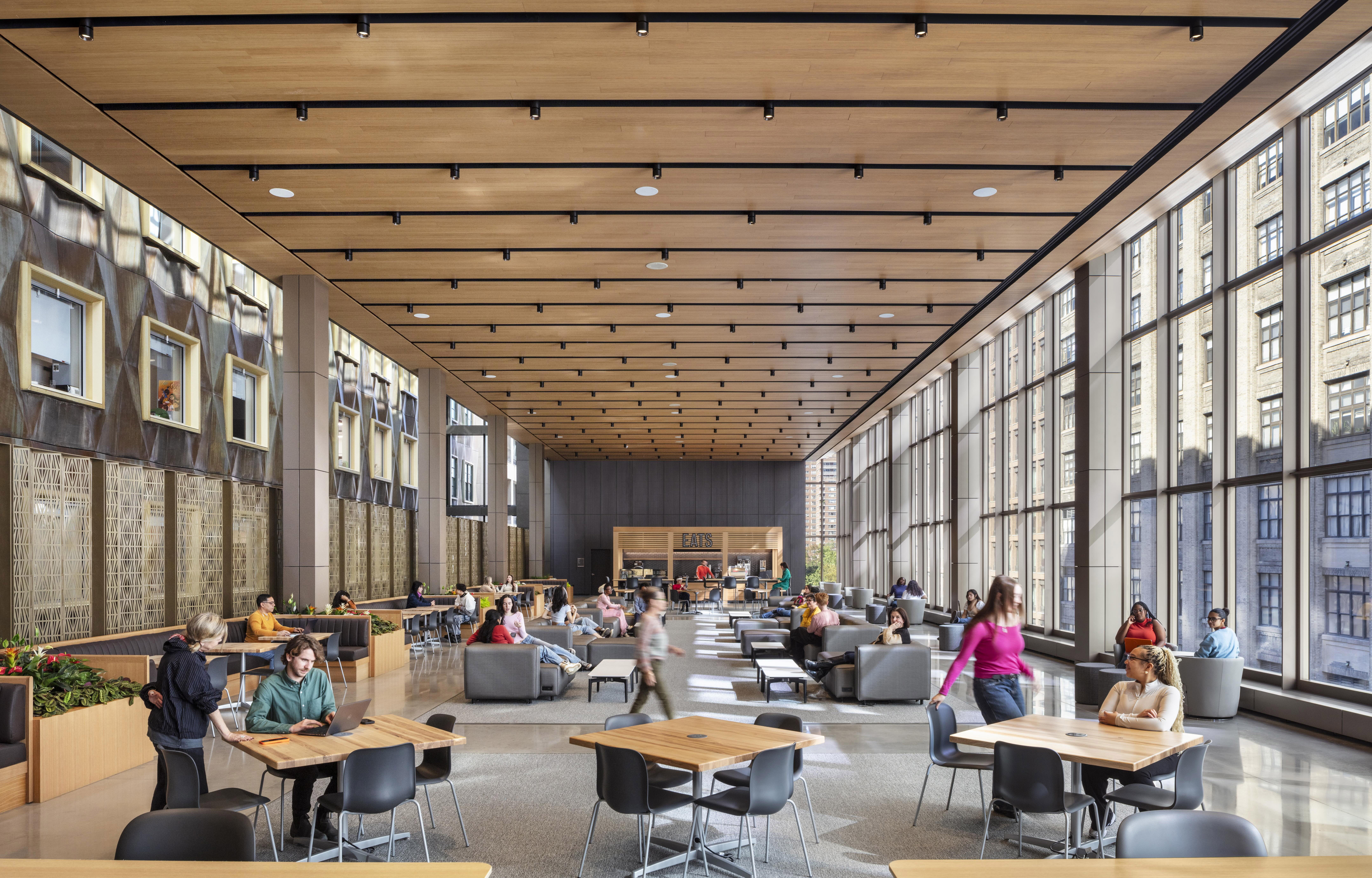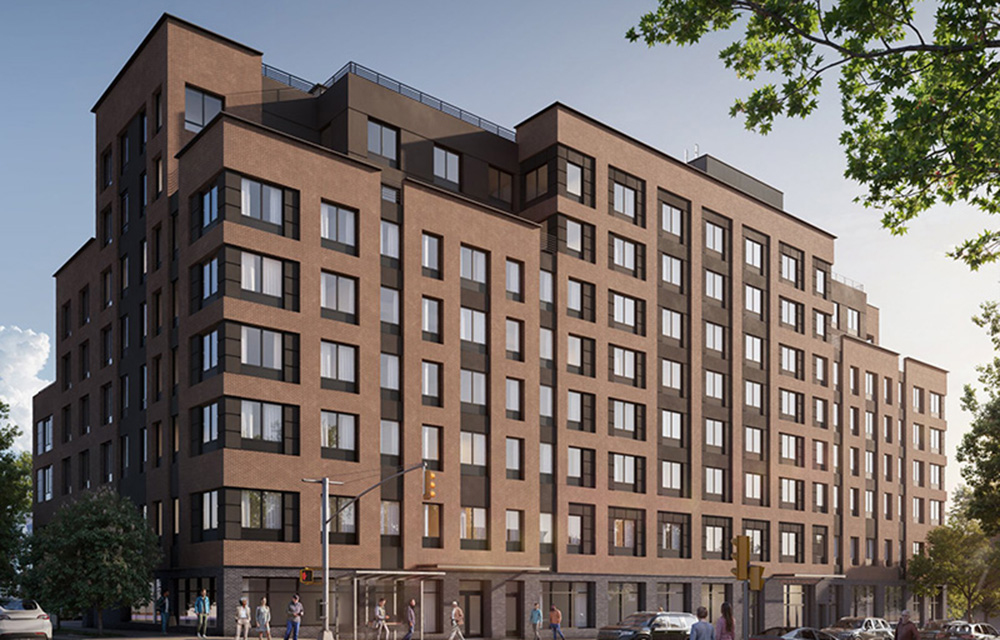Does your commercial building need a carbon monoxide detector in 2021? - by Anthony Roselli

Carbon monoxide kills more than 400 Americans each year, and sends more than 20,000 to the hospital. Its odorless, colorless nature is what makes carbon monoxide detectors so important in saving lives each year, particularly in the winter months.
That’s why Local Law 191 of 2018 will be making a big splash in the New York City commercial landscape in 2021. It requires all existing commercial buildings in Group A-1, A-2, A-3, B, or M occupancies with fuel-burning appliances and fire protection systems to retroactively install carbon monoxide detectors by July 1, 2021.
This will cover:
- Indoor public assembly spaces (other than indoor sporting arenas).
- Office spaces, including certain libraries and educational facilities.
- Restaurants (since they can fall under either public assembly and Group B).
- Stores, including department stores, drug stores and other retailers.
While carbon monoxide alarms or detectors were already required in residential and certain institutional occupancies, commercial buildings had long been exempted, despite the fact that any enclosed space with fuel-burning appliances can pose a risk of CO poisoning.
A 2014 carbon monoxide leak in a Long Island restaurant, which resulted in the death of restaurant manager Steven Nelson on top of 30 sickened patrons, made the oversight tragically apparent. This led to the state’s passage of Steven Nelson’s Law in 2015. LL191 adapts the state law for the city’s needs.
Notably, this law was also one of two that was recently given a deadline extension in light of the COVID-19 pandemic, from January 1, 2021, to its current July deadline.
What is required?
In commercial buildings, carbon monoxide detectors must be installed in rooms containing fuel-burning or CO-producing equipment (except kitchens), and any corridor on a floor where said CO-producing equipment is located, as well as one story above and below.
They must also be installed on any floor where an enclosed parking lot or a loading dock is located, as well as one story above and below and in any offices or booths located within.
As for what type of CO detector is required, in compliance with Section 908.7.3.1 of the 2014 NYC Building Code, CO detectors under this law must:
- Have built-in sounder bases.
- Transmit a signal to a central supervising station.
- Initiate an audible and visual supervisory alarm at a constantly-attended location.
- Shut down the CO-producing equipment if located in the same room, unless the source is a generator.
- Be installed in accordance with NFPA 720 – 2015 edition, as modified for New York City.
- Be listed in accordance with UL 2034 and UL 2075.
How do I get this approved?
Since carbon monoxide detectors are required to be connected to fire alarm systems in Group A-1, A-2, A-3, B, or M occupancies, securing approval will require you to retain a design professional to prepare fire alarm system modification drawings so they can be submitted to FDNY through their FDNY Business portal for approval.
While the deadline has been extended, the current timeline of department processes means time is of the essence. FDNY review timing is estimated at 10-12 weeks for completion of initial reviews, plus 8-10 weeks for resubmissions in case of objections. In cases where three (3) objections or less are issued after completion of initial plan review, resubmission timing may be eligible for an expedited processing which is currently averaging 3 to 5 weeks.
Please consult your design professional to determine if your building requires compliance with Local Law 191. If you need assistance with filing or have questions regarding requirements, we welcome you to reach out to us at Outsource Consultants.
Anthony Roselli is a principal of Outsource Consultants, New York, N.Y.
Troutbrook expands with boutique condo project and Marriott Fairfield Inn & Suites renovation








.gif)
.jpg)
.gif)
.gif)